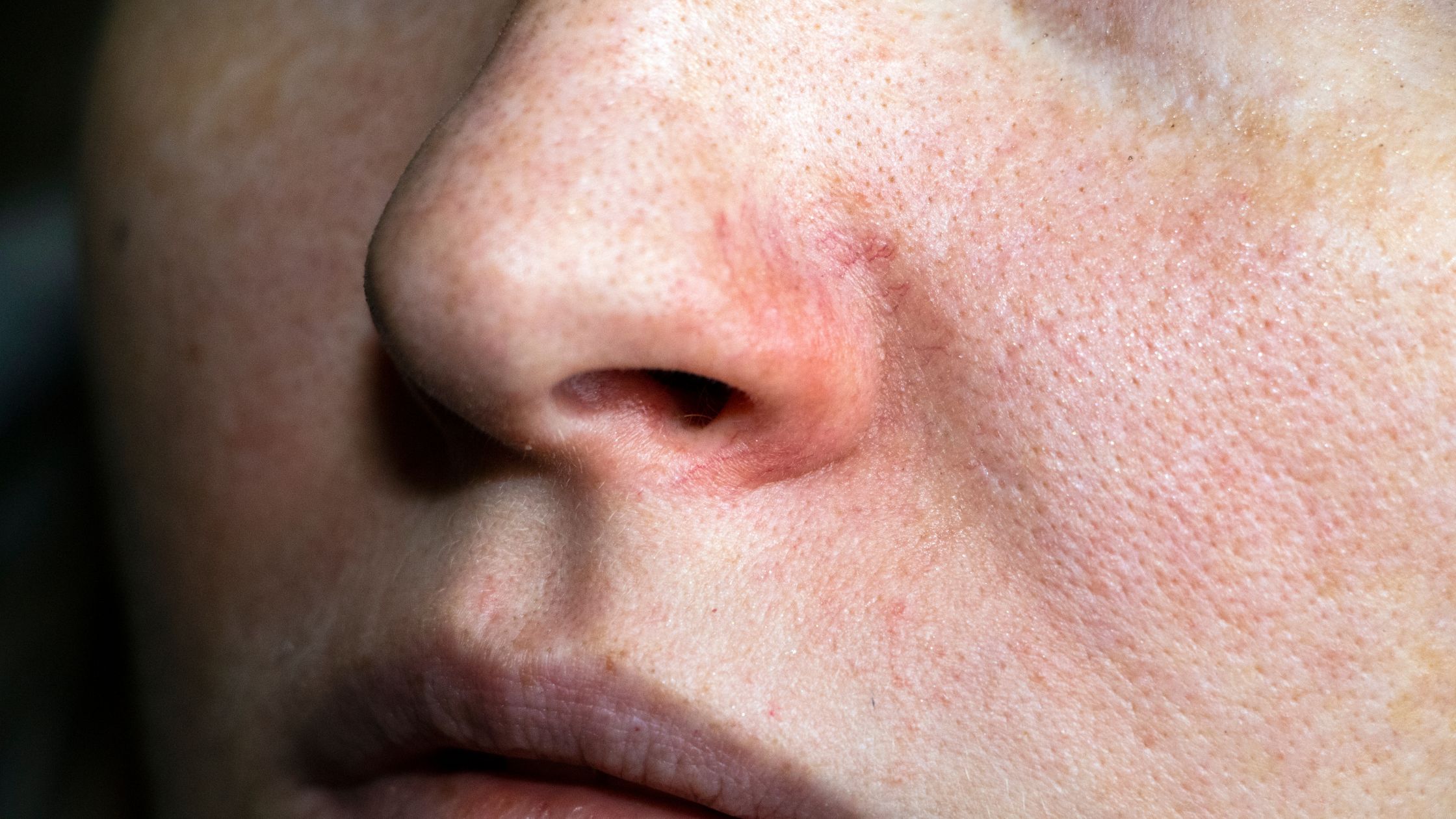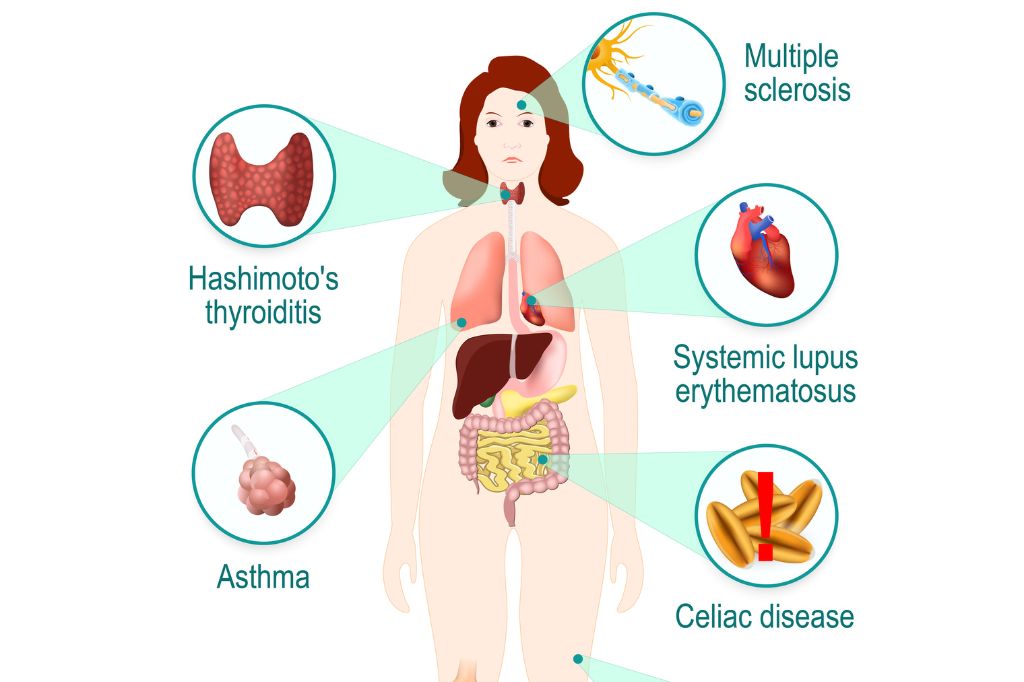Recognizing The Early Signs of Psoriatic Arthritis
Do you often find yourself waking up with aches and stiffness? Perhaps you’ve noticed some discolored patches of skin that seem to come and go without reason. You might be dealing with psoriatic arthritis.
Psoriatic arthritis is a type of chronic inflammatory arthritis that typically occurs in people with psoriasis, a skin ailment particularly characterized by red, scaly patches.
In this article, I’ll guide you through the seven early signs of psoriatic arthritis.
1. Joint Pain and Stiffness
The first sign that you might have psoriatic arthritis is joint pain and stiffness.
This is particularly noticeable in the mornings, after periods of inactivity, or at night. You might feel it in one or two joints, or it could be more widespread.
2. Swelling
Some people with psoriatic arthritis experience swelling in the fingers and toes.
This swelling can be quite severe, leading to a sausage-like appearance, which is sometimes referred to as ‘dactylitis.’
3. Skin Rashes
Psoriasis is often associated with skin rashes. If you see red, scaly patches on your skin, particularly on your elbows, knees, or scalp, it might be an early sign of psoriatic arthritis.
4. Fatigue
If you’re often feeling extremely tired, it might not just be the result of a busy schedule. Fatigue is a common symptom in many inflammatory conditions, including psoriatic arthritis.
5. Reduced Range of Motion
Difficulty moving joints or experiencing a reduction in your normal range of motion can also be a sign. You might notice this when doing simple tasks like climbing stairs or opening a jar.
6. Eye Problems
Did you know that your eyes can show signs of psoriatic arthritis? Yes, they can! Problems like eye pain, conjunctivitis (pink eye), or uveitis (inflammation of the middle layer of the eye) can be early indications of this condition.
7. Pain in the Tendons
The last early sign of psoriatic arthritis we’ll cover is a pain in the tendons. Conditions like Achilles tendinitis and plantar fasciitis can be linked with psoriatic arthritis.
Knowing these early signs of psoriatic arthritis can be the key to early diagnosis and treatment, which can significantly improve the quality of life for those with this condition.
If you identify with any of these symptoms, it’s important to reach out to a healthcare professional. Remember, your body is speaking to you. It’s up to you to listen and take action.
Frequently Asked Questions About Psoriatic Arthritis
Psoriatic arthritis is an autoimmune condition. This means that your body’s immune system, which normally fights off harmful invaders, mistakenly attacks your own body tissues.
The actual cause of this disease is not fully understood, but it’s likely a combination of genetic factors and environmental triggers.
Psoriatic arthritis can really affect any joint in the body. However, it commonly affects the joints of the fingers and toes.
You may also notice discomfort in your wrists, knees, ankles, or lower back. In some cases, psoriatic arthritis can cause a painful condition known as dactylitis, which results in swelling of an entire finger or toe.
Diagnosing psoriatic arthritis involves a combination of medical history, physical examination, and laboratory tests. Your doctor will likely ask you about your symptoms and look for signs of joint inflammation.
They may also order blood tests to check for inflammation markers and other autoimmune conditions. Imaging tests, such as X-rays or MRIs, can provide a clearer picture of what’s happening inside your joints.
Psoriatic arthritis is a chronic condition, and while there’s no cure, treatments can help manage symptoms and prevent joint damage. Nonsteroidal anti-inflammatory drugs (NSAIDs) can help reduce pain and inflammation.
If NSAIDs are not enough, disease-modifying antirheumatic drugs (DMARDs) or biologics may be used. In severe cases, surgery may be required.
Apart from medications, lifestyle changes like maintaining a healthy diet, regular exercise, and sufficient rest can also help manage symptoms.




